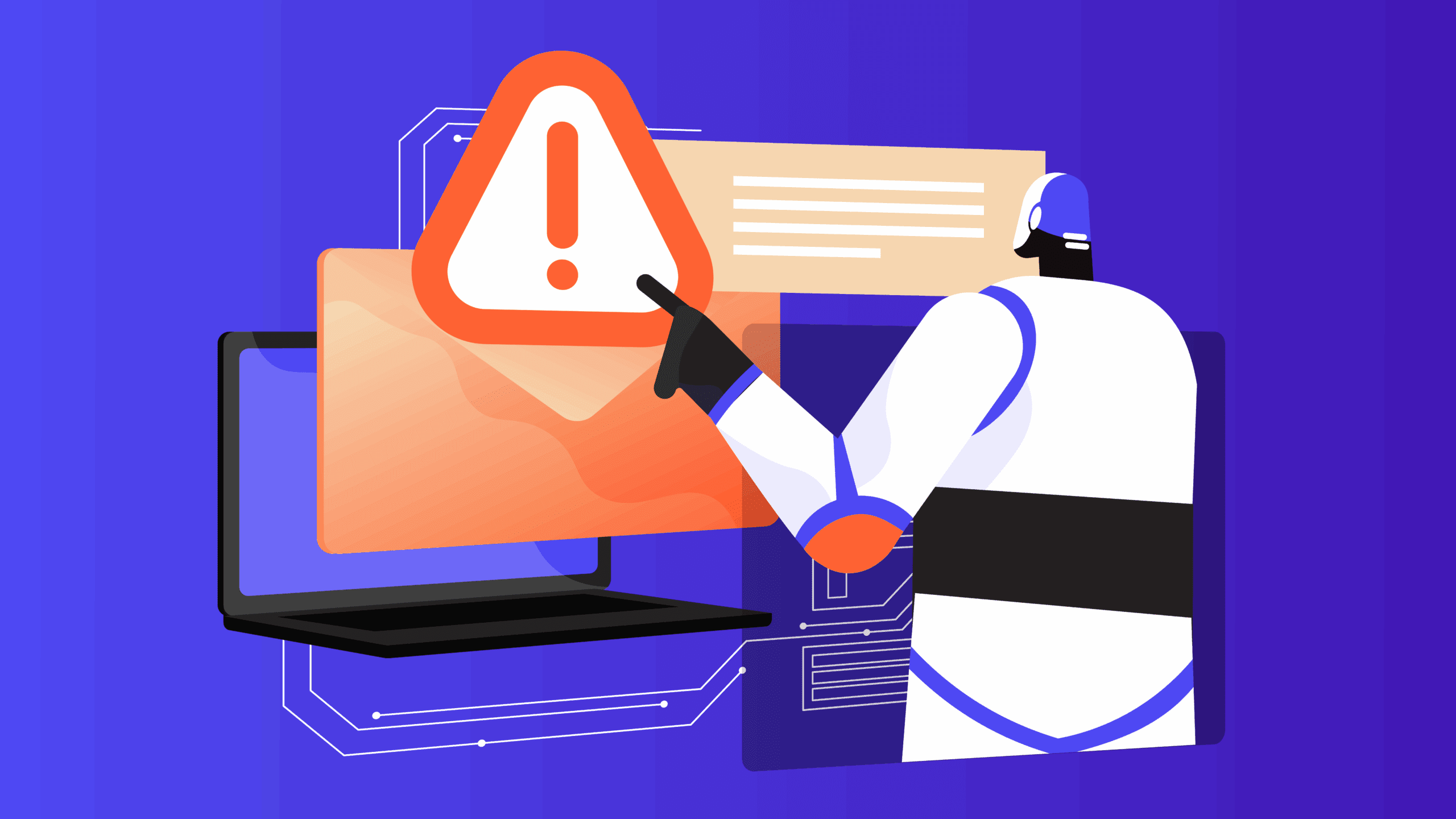AI has moved to the mainstream across enterprises. Machine learning and large language models now run many of the systems that handle decisions, automate tasks, and personalize customer experiences. Yet since these tools are an integral part of daily business, they are also increasingly targeted. Attackers are looking beyond traditional infrastructure and aiming straight at AI itself – especially the LLMs, the data, and the supply chains that support them.
AI adoption comes with hidden risks and new threat vectors that require structured assessments and adversarial simulations to uncover weaknesses before attackers do.
How AI Changes the Attack Surface
AI is changing where risk lives. Every model, dataset, and integration creates openings that traditional security tools cannot see. And exposure is constantly growing as AI adoption spreads across daily workflows. One in twenty enterprise users now accesses generative AI applications, and nearly six in ten employees use unapproved AI tools at work – most of them sharing sensitive data. Data integrity is also under pressure; only a few hundred poisoned documents can compromise a large language model, even if they comprise just a tiny fraction of its training set.
You might be interested in: AI-Ready Security: Closing the Gap Between Innovation and Protection
Each AI-related connection, plugin, or external data source can introduce unseen risk. These changes have created three primary AI-oriented threat vectors that define the modern attack surface. Each one targets a different layer of the ecosystem – how models think, how data is built, and how code and components move through the supply chain.
Prompt Injection – The Manipulated Mind of AI
Prompt injection attacks manipulate how AI systems interpret instructions and inputs. Attackers design malicious language that overrides safeguards, which can cause models to expose sensitive data or take unauthorized actions.. Since these attacks exploit the way LLMs process system and user prompts together in one context, prompt-injection attacks can hide malicious instructions among otherwise normal text. The The OWASP Top 10 risks for GenAi lists prompt injection as the most critical risk for large language model applications. Tests across dozens of commercial and open-source systems show that more than half of simulated injections succeed.
Traditional filters and firewalls cannot separate safe from unsafe instructions once they merge in a single query. Effective defense depends on layered validation, strict access control, and continuous red-team testing to reveal vulnerable pathways.
Data Poisoning – When the Source Becomes the Threat
In data poisoning attacks, attackers insert false or misleading samples into training datasets, changing how a model behaves after deployment. Even small amounts of corrupted data can distort results, alter classifications, or create hidden backdoors. Poisoned data can, for example, teach a model to treat threats as safe or include triggers that cause unexpected actions in real use.
Modern large-language models trained on open datasets could be compromised with only a few hundred malicious examples; according to one report, even minimal contamination can skew a model’s behaviour. Because poisoned data blends in with legitimate inputs, it can bypass typical data-quality checks.
Supply Chain Vulnerabilities – Inherited Risk in Every Dependency
AI systems run on a mix of open-source libraries, pretrained models, APIs, and outside data services. Every layer adds convenience – and risk. A single unverified download or weak integration can give attackers a path straight into production. Most modern software already carries exposure: open-source components appear in nearly every codebase, and 86% percent contain known vulnerabilities. When these dependencies sit inside automated pipelines, one hidden flaw can move through multiple applications before anyone notices.
Traditional supply chain controls can’t keep up and static scans miss tampered code and backdoored models that slip through normal reviews. Teams need an AI-specific software BoM, isolated testing for third-party components, and regular threat simulations to stay ahead.
Find out our AI-Ready Cybersecurity Services!
From Compliance to Confidence
Traditional security frameworks weren’t built for the way AI works. Standards such as ISO 27001 or SOC 2 focus on systems, storage, and access – not on how models learn, adapt, or make decisions; that leaves real gaps. Risks like model drift, poisoned data, and exposed APIs fall outside their scope. Compliance can check the boxes, but it doesn’t prove that defenses hold up in the real world.
AI risk assessments , like those from TeKnowledge, fill that gap with a clearer view of how systems behave in practice. They show how data flows, where models connect, and how risk moves through the organization. Simulations then bring that picture to life. Red-team testing and continuous validation reveal how defenses respond under pressure and help teams track real progress instead of assumptions.
The Bottom Line – From Awareness to Assurance
AI has changed what it means to be secure. The attack surface now resides inside systems that learn, adapt, and make decisions for the business.
Every organization adopting AI faces the same choice: react later or understand the risk now. Those that take action early build trust, stability, and lasting confidence in how their systems perform under pressure. Because the strongest safeguard against AI-driven threats is an AI-aware defense.
Start your AI readiness journey today with a structured risk assessment and simulation program that turns awareness into action.




